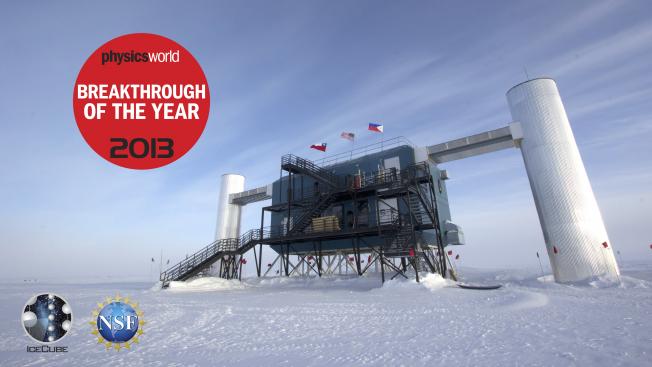Marginal evidence for cosmic acceleration from Type Ia supernovae
ArXiv 1506.01354 (2015)
Abstract:
The "standard" model of cosmology is founded on the basis that the expansion rate of the universe is accelerating at present --- as was inferred originally from the Hubble diagram of Type Ia supernovae. There exists now a much bigger database of supernovae so we can perform rigorous statistical tests to check whether these "standardisable candles" indeed indicate cosmic acceleration. Taking account of the empirical procedure by which corrections are made to their absolute magnitudes to allow for the varying shape of the light curve and extinction by dust, we find, rather surprisingly, that the data are still quite consistent with a constant rate of expansion.Marginal evidence for cosmic acceleration from Type Ia supernovae
(2015)
Search for Prompt Neutrino Emission from Gamma-Ray Bursts with IceCube
Astrophysical Journal Letters IOP Publishing 805:1 (2015) L5-L5
Abstract:
© 2015. The American Astronomical Society. All rights reserved.. We present constraints derived from a search of four years of IceCube data for a prompt neutrino flux from gamma-ray bursts (GRBs). A single low-significance neutrino, compatible with the atmospheric neutrino background, was found in coincidence with one of the 506 observed bursts. Although GRBs have been proposed as candidate sources for ultra-high-energy cosmic rays, our limits on the neutrino flux disfavor much of the parameter space for the latest models. We also find that no more than ∼1% of the recently observed astrophysical neutrino flux consists of prompt emission from GRBs that are potentially observable by existing satellites.Flavor Ratio of Astrophysical Neutrinos above 35 TeV in IceCube
Physical Review Letters American Physical Society 114:17 (2015) 1-8



